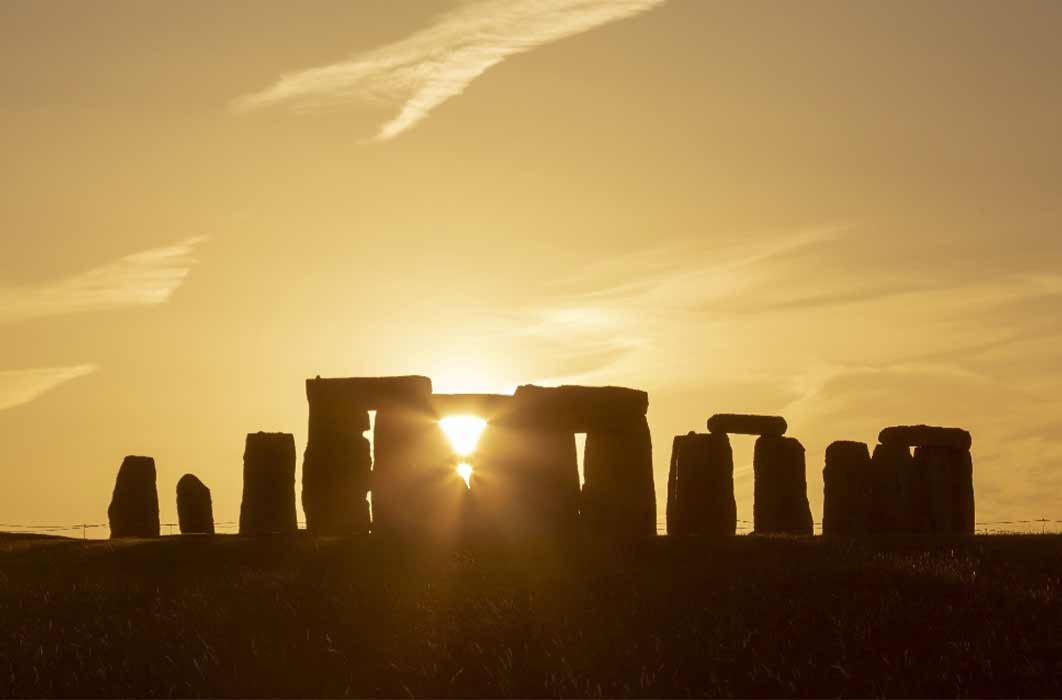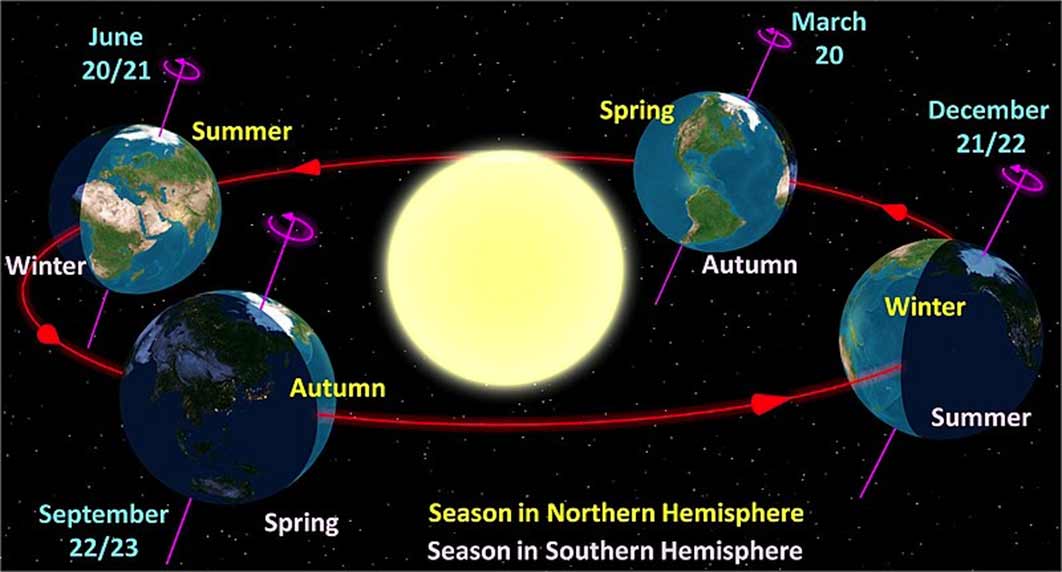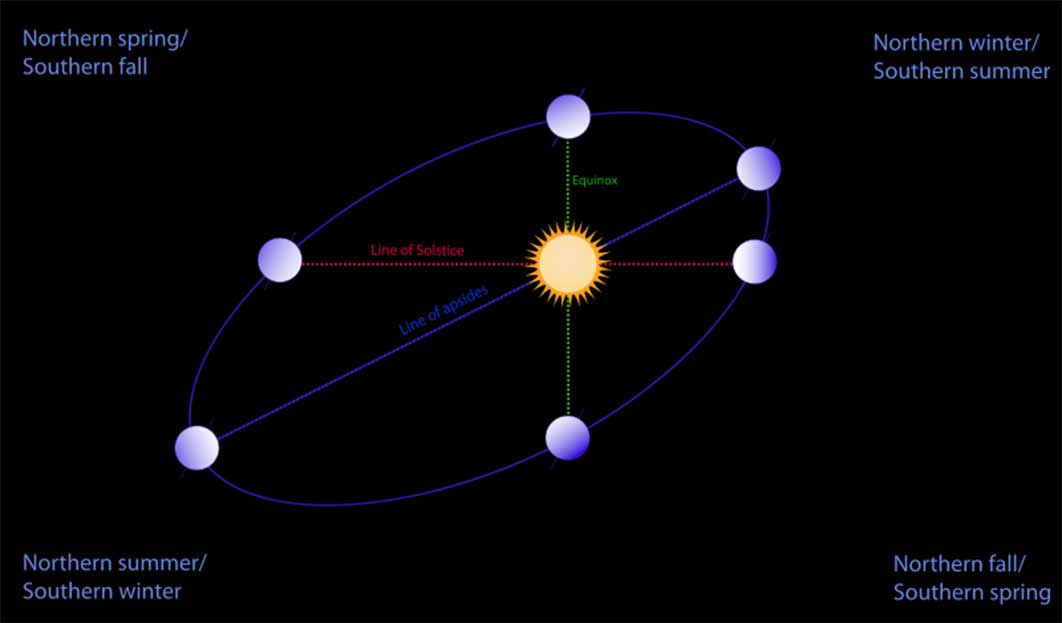
The Lonely Stones That Square The Cosmic Circle
Both beneath and beyond Stonehenge in England, the Great Sphinx and Pyramid of Khafre in Egypt, Machu Picchu in Peru, Chichen Itza in Mexico and Newgrange in Ireland, exists an underlying code that binds the distant builders. Distant, in both space and time, yet the constructions are fused in that they were all built in honor of the quarters of the year, the two solstices and equinoxes. Today this data is available from apps at the click of a mouse, but in the ancient world, ceremonial standing stone circles and temples evolved from the earliest stone observatories, which themselves were designed to pin down the four observable corners of the cosmos.

The astronomical symbol of earth represents either the four quadrants of the world or the four continents. (Public Domain)
At the very earliest stages of sky watching among the first observations that really mattered, in that they directly affected climatology and therefore survival, were the two equinoxes and two solstices. These four key astronomical events occur due to the way earth orbits the sun on its tilted axis, and while some may consider humankind’s ancestors as primitive, they had a much closer and experiential relationship with the cycles of the heavens. To overcome the apparent chaotic nature of the night sky a range of stone devices were created all over the globe that evolved into some of the greatest temples and monuments of the prehistoric world.
Ancient Astronomy Tool Kit
Ancient ancestors hacked a living in the raw and unforgiving outdoors and without books and televisions to distract them from the sometimes-mundane passing of time, they would often marvel at the cycles of the planets and stars, much more than is practiced today. Tracking the paths of the Sun, the Moon and the stars across the sky, they observed that the planet’s poles are inclined from the celestial plane, implying that two solstices occur bi-annually when the solar declination reaches the Tropic of Cancer in the north and the Tropic of Capricorn in the south.

Diagram of the earth's seasons as seen from the north. Far left: summer solstice for the Northern hemisphere. Front right: summer solstice for the Southern hemisphere. (Public Domain)
During the June solstice (June 20 to June 22) the solar declination is about 23.5°N (the Tropic of Cancer) and during the December solstice (December 20 to December 23), the solar declination is about 23.5°S (the Tropic of Capricorn). This means the solstices, and shifting solar declinations, result from the Earth’s 23.5° axial tilt, while orbiting the sun. The resulting summer or June solstice in the Northern hemisphere is the longest day of the year, when Earth experiences the maximum intensity of sun rays, therefore, it has the most hours of sunlight. The opposite is the case for the December or winter solstice which is the shortest day of the year with the least hours of daylight. The situation is reversed for the Southern hemisphere where the June solstice heralds the shortest day in winter and the December solstice falls in the high summer. In both hemispheres, from the March equinox it presently takes 92.75 days until the June solstice; 93.65 days until the September equinox; 89.85 days until the December solstice and 88.99 days until the March equinox.

These four astronomical seasons are not of equal length because of the elliptical nature of the orbit of the Earth, as discovered by Johannes Kepler. Public License.




